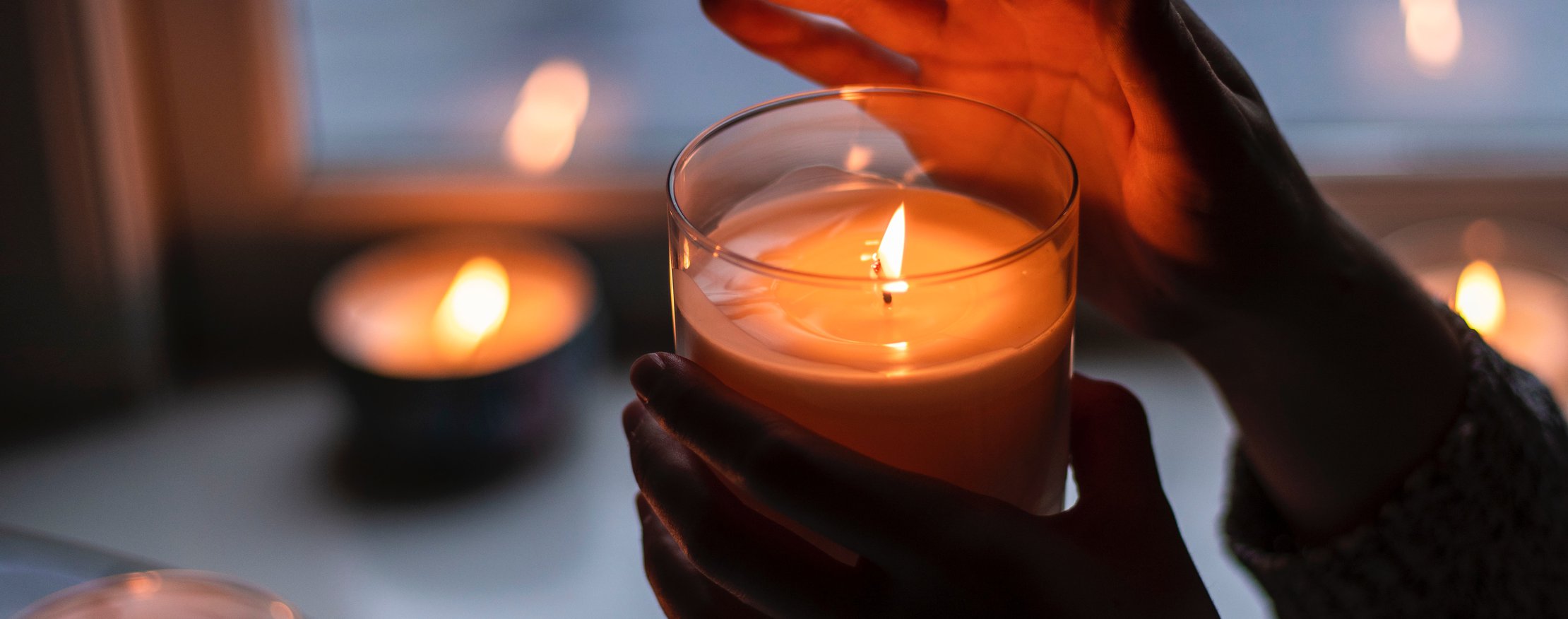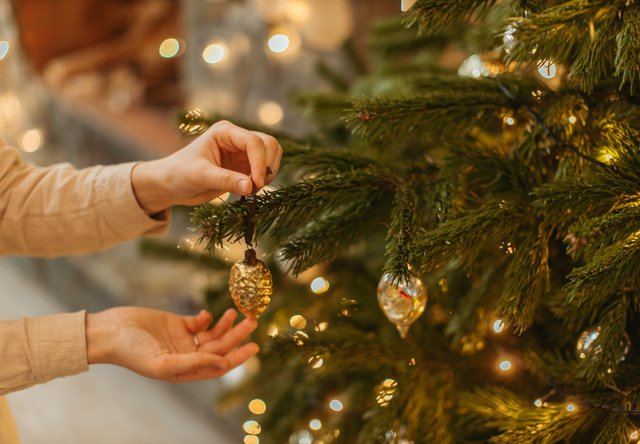
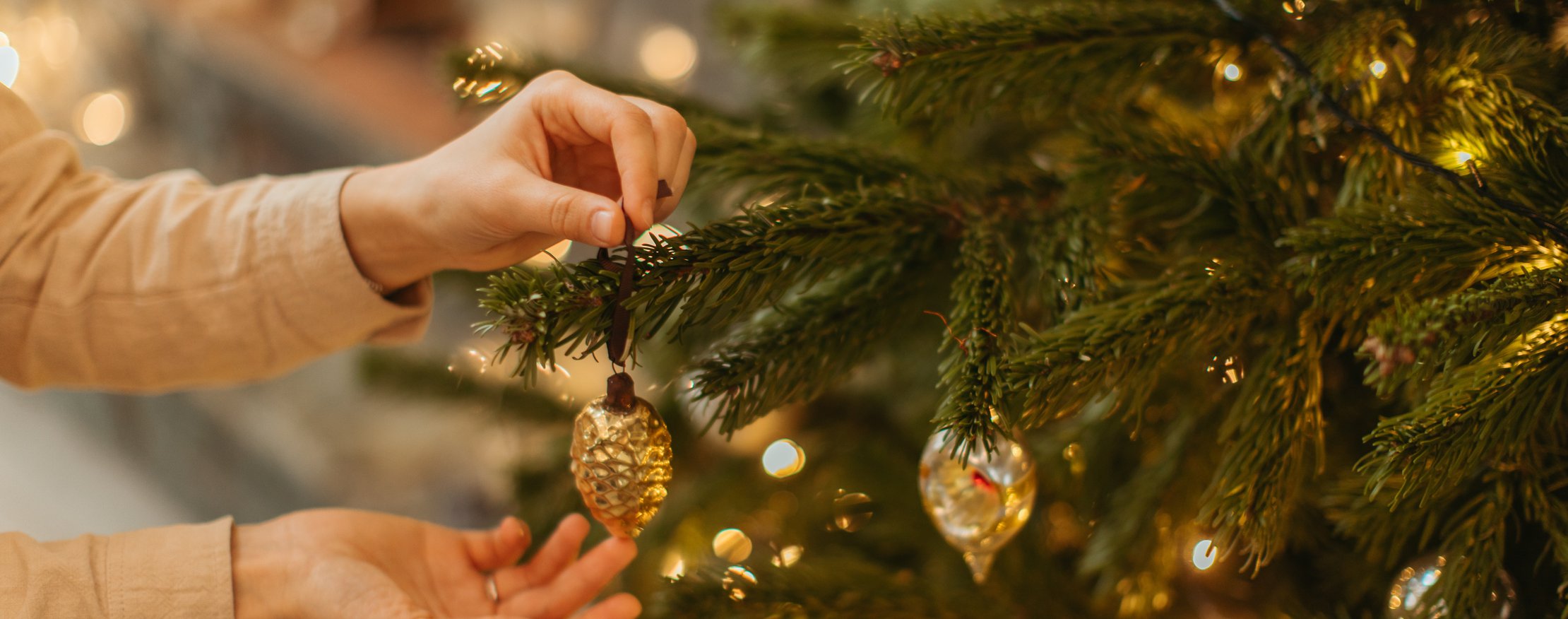
There is no holiday quite as magical as Christmas. Families gathered around their Fir Christmas trees, drinking glasses of eggnog and tucking into a tasty Christmas pud. You often associate the festive season with those traditions, but not everyone celebrates it the same way.
Whilst some may leave out a mince pie and a carrot for jolly old Saint Nick and his herd of reindeer, others may choose to celebrate the yearly occasion with the burning of a Rowan tree branch, popular amongst the Scots as a way to dispel any bad blood between families.
Christmas has always had an extensive history with the people of the United Kingdom. Whilst most of our understanding and love for the holiday comes from the traditions established by our Victorian ancestors, before the 19th Century, the festive season was rarely celebrated at all.
Interestingly, Christmas and several other religious holidays were banned in the UK from 1647 to 1660. Despite the ban being lifted following the Restoration of the Stuart Monarchy by King Charles II, Christmas wasn't recognised as a National Holiday in Scotland for another whopping 298 years!
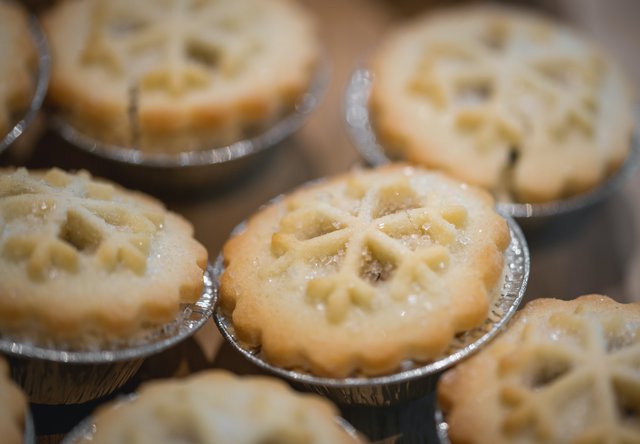
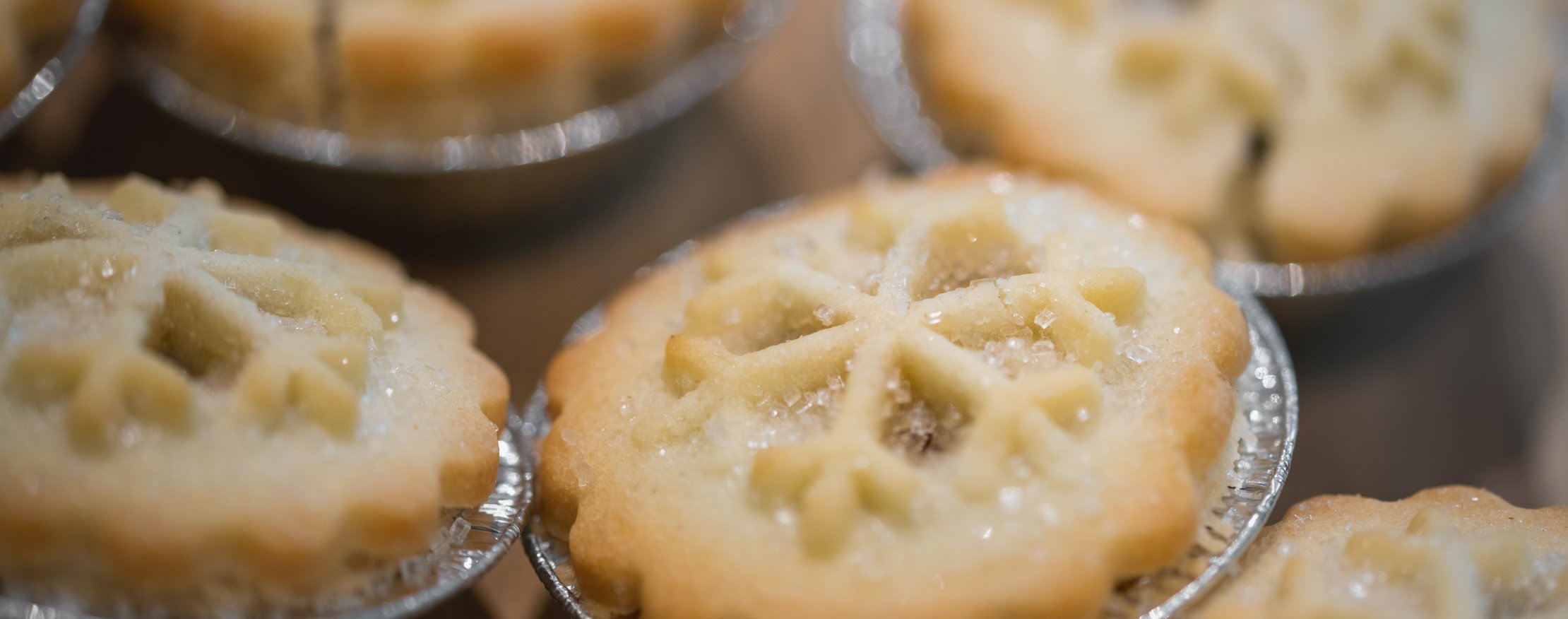
England
Thanks to Tiny Tim and Ebenezer Scrooge, we have the Christmas traditions that we cherish today. It was, in part, thanks to Charles Dickens's novel A Christmas Carol, that the Victorians rediscovered the magic of Christmas. A short time later, Christmas was redefined; it became a day of crackers, cards, good food, and, most importantly, a time for family.
Most families in England celebrate on the big day, December 25th, but that doesn't stop the festivities from starting in the weeks leading up to Christmas. Family and friends come together to deck out their homes, offices, and, well, anywhere they can get their hands on with tons of tinsel and decorations.
Not to mention the effort that goes into making the Christmas tree perfect, hanging the baubles is the best bit! But did you know that the first Christmas tree in England was introduced by the wife of King George III, Queen Charlotte, in 1800?
Having a yew tree in your home was a common Christmas tradition in her native Germany, although we have long since ditched hanging candles from the tree in favour of the safer LED lights.
However, it's not all just mince pies and figgy puddings with pennies in the middle. England certainly has its fair share of quirkier traditions.
Although not as common nowadays, Wassailing, also known as Christmas Caroling, can be traced back to the time of the Anglo-Saxons. This old English custom saw farmers visit the Apple Tree Man, the local orchard's most prolific cropper, and pour cider of tree roots whilst singing a toast!
Another tradition that many of us Brits continue to uphold is the Christmas Day Swim - as if Winter wasn't nippy enough. This tradition can be traced back to 1864 but really made waves in 1904 when Playwright J.M. Barrie donated a prize cup to those brave enough to tackle the 100-yard swim in Hyde Park's Serpentine Lake. Brr!
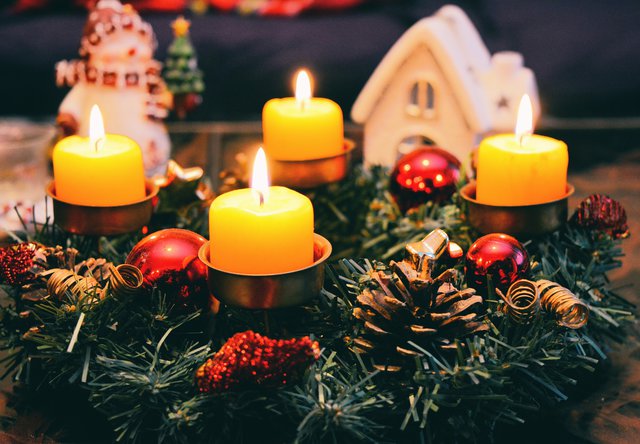
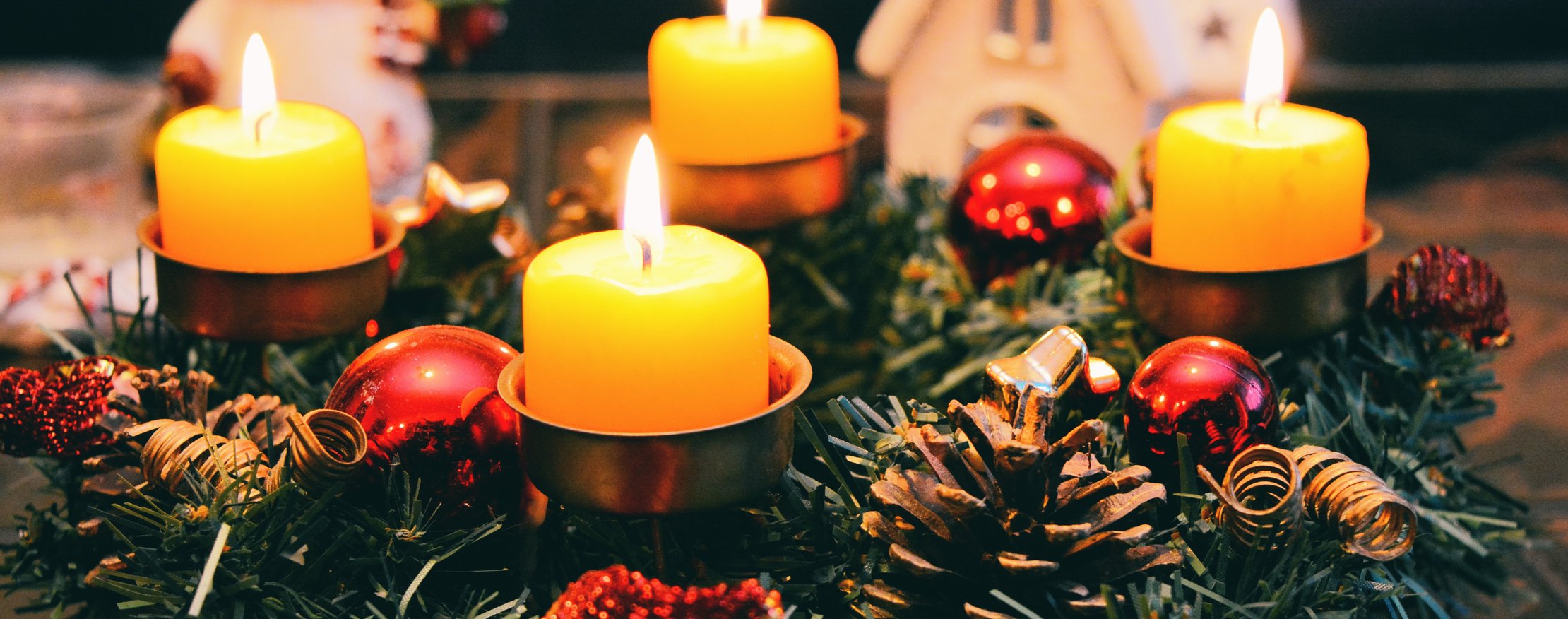
Scotland
Sadly, it wasn't until 1958 that Christmas Day officially became recognised as a public holiday in Scotland. As a result, very few families actually exchanged presents; some children received small treats as gifts, but it was otherwise a normal day.
Without the big Christmas bash that we know and love today, the Scots had to improvise, simply pushing back the festivities and instead celebrating Hogmanay around New Year's.
Many Scottish Christmas traditions that were previously banned have slowly made their way back into homes across the country. One such tradition, which is not too dissimilar to the English custom of hiding a penny in a Christmas Pudding, is the baking of Yule Bread.
This unleavened bread loaf is often made with caraway seeds whilst the dough is plaited in the form of a circle in a bid to represent the sun. During the ban, bakers were obligated to give the police the names of anyone who requested the hearty loaf!
As the tradition goes, it is said that each member of the family receives their loaf, with the family member who is lucky enough to find a trinket hidden within the bread said to gain good luck for the following year.
One particular tradition stands out from the rest. When the ancient Celtic clans inhabited what is now Scotland, the burning of the Rowan tree branch became a popular custom, as many believed that the act would dispel any bad blood between friends and family.
Another Scottish tradition that originated amongst the Celtic clans was Cailleach, or 'Old Woman Winter'. This custom saw the face of an old woman, also known as the Hag of Winter, carved into a wooden log. The hag was said to bring about the cold and long nights wherever she went.
By burning the log during the wintertime, the Celts believed that they were banishing the darkness and dispelling any bad luck that lingered in the air.
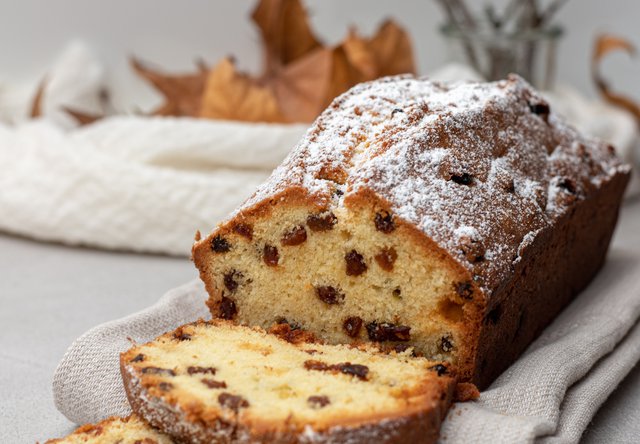
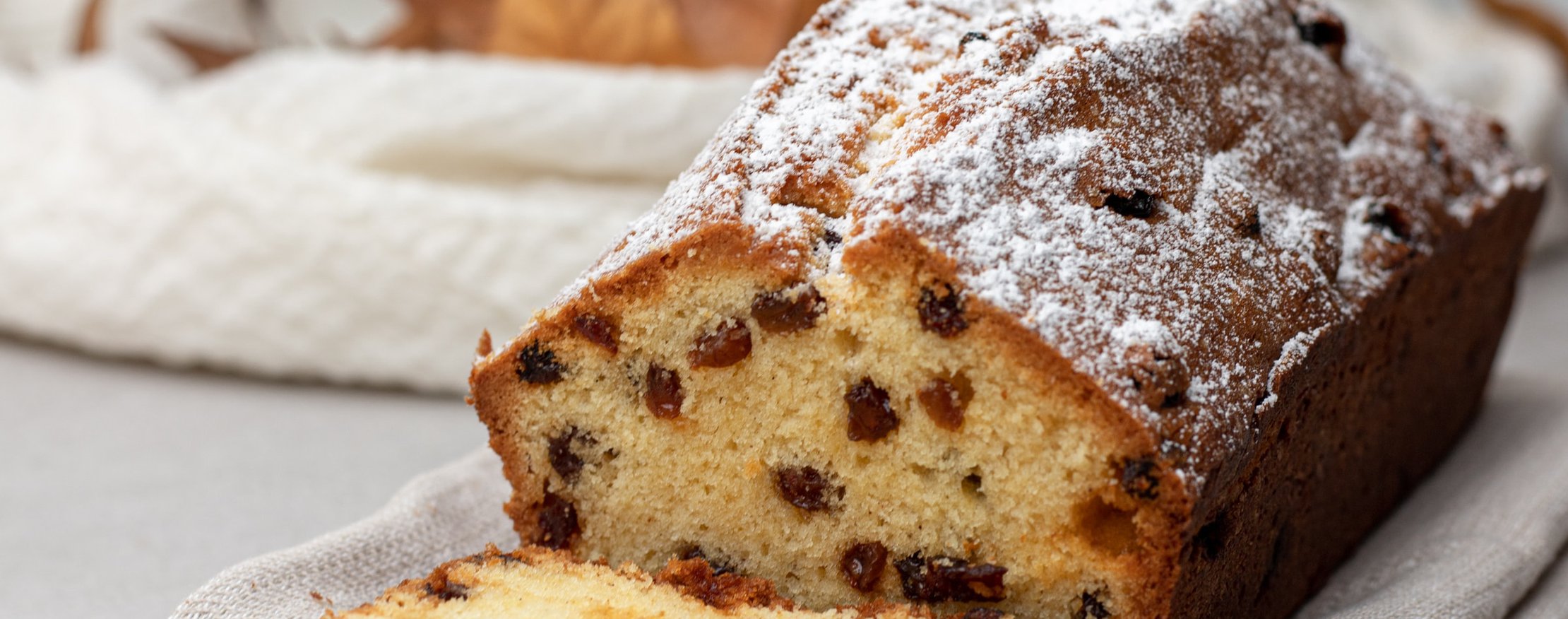
Wales
Christmas was as much of a celebration in the 18th and 19th Century as it is now in modern-day Wales. Around that time, Welsh families and churchgoers would wake up bright and early on Christmas Day at 3 o'clock in the morning. They would leave their homes with only the candle or torch light to guide them as they made their way to Plygain, a Carol service at the local church, sung by groups, choirs - and even some solos!
More often than not, these same people had been up just as late the night before for Christmas Eve, or as it was called, Noson Gyflaith (Toffee Night). This tradition earned its name from families making slabs of toffee around the fireplace as they told stories and played games together.
Noson Gyflaith was also the night when families would come together to decorate their homes in mistletoe and holly before the church procession started. Illuminations were a huge part of these celebrations as well, with the processions having been recorded in the history books. It was even stated that the Church vicar would be the one to lead the celebrations with a torch as cow horns were sounded before the service began.
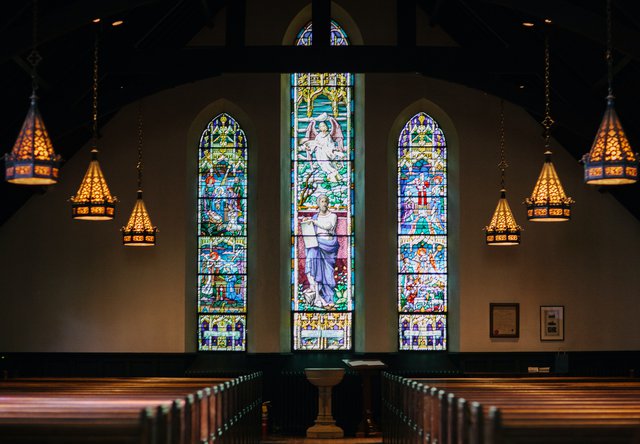
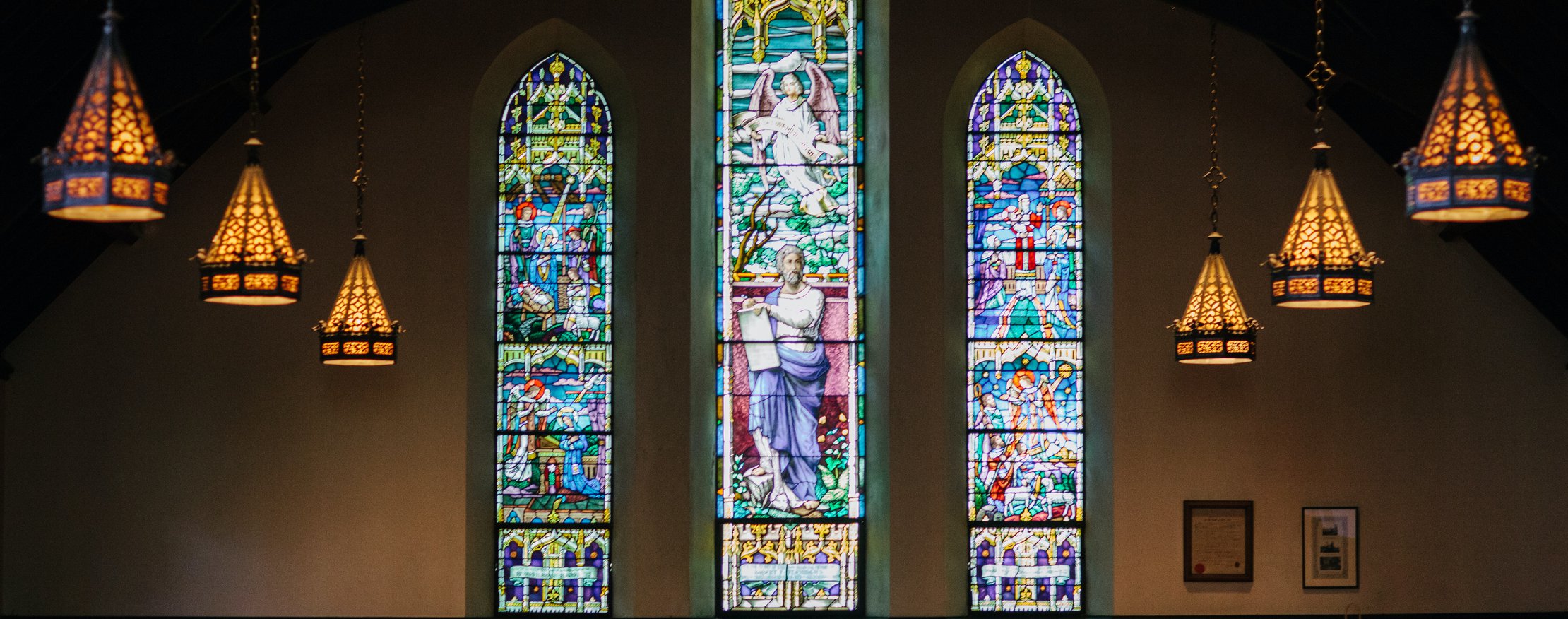
Northern Ireland
Whilst it is a predominantly protestant province, Northern Ireland still shares many of its festive traditions with its Catholic counterpart.
As such, the traditions aren't so dissimilar to some which have been previously mentioned in this blog. That's not to say they don't have any interesting traditions left up their sleeve - who doesn't love leaving Daidi na Nollag (aka Santa Claus) a pint or two of Guinness.
In all seriousness, a lot of the traditions that we still carry on today can be linked back to the pre-Christian Celts. One such tradition is the 'Candle in the Window'. Nowadays, people who partake in this custom believe that the placing of a candle in your window on Christmas Eve symbolises a 'welcoming hand' guiding Mary and Joseph to Bethlehem. The ancient Celts, however, believed this ritual was a way to help lingering spirits depart peacefully.

